I felt inspired to do a comparative tasting today, something which I haven’t done for quite some time. This past March when I went back to Hong Kong I renewed my interest in tieguanyin, which for the past few years have been in the doghouse, so to speak, because most of the stuff you can buy in the US or in mainland China are so unspeakably bad. They are, generally speaking, of the “nuclear green” variety where they are almost greener than green teas. While some people like the fragrance of those teas, I personally find them awful. Give me any traditional style tieguanyin anyday.
Having gone to a few stores that sold such things in Hong Kong this past break, including a great experience with a relatively cheap tieguanyin at the incredible Tim’s Kitchen (yes, restaurant tea can be good!) I was quite inspired. So, I bought a bunch of things, and started trying some that I have leftover at home in comparison. Today’s is one such tasting.
The identity of the teas are not terribly important. The one on the left is a highly roasted, slightly aged (my own storage) oolong that I bought a few years ago. It’s electric roasted. The one in the middle is a recent purchase on this past trip, with the vendor roasting using charcoal roast and blending the end product. The one on the right is what I think of as a typical green tieguanyin these days, still not as green as can be, but pretty green nonetheless. I tend not to drink such things these days.
Closeups of each of the three:
You can see the blending in the middle tea – various colours are present in the dry leaves. I brewed them in competition cups for five minutes each, and this is the result
Competition style really brings out all kinds of stuff you don’t necessarily notice if you were brewing them normally. The middle tea ended up being the darkest, and the nose has a distinct charcoal smell that the other two don’t have. The right one is obviously the most immediately fragrant, with a strong vanilla note. The left one is in some ways the most subdued, but has a nice roasted fragrance.
In the mouth though is where they really differ. I think with competition style, especially if you drink one right after the other, it is sometimes difficult to tell which one is giving you the strong, everlasting aftertaste, because you are drinking them in such quick succession. However, it is possible to distinguish notes and especially body and mouthfeel very easily with this method. Drinking it this way, it is obvious that the middle cup is in some ways the fullest — it has the most full bodied brew among the three. It also has flaws, specifically it has a harsh and sour note, the harshness from the charcoal roast, the sourness from probably some improper storage. The tea on the left is the most pleasant to drink for me, probably because it’s been aged slightly. It has the beginning of an aged taste to it, and will develop it further if I were to leave it alone. However, it is also in some ways the most boring, because the tea is more or less one-note, and is a bit hollow in the mouth. The one on the right is clearly a different beast, and caters to an entirely different market.
The wet leaves also yield some stories. You can see the mixed nature of the tea for the middle one, as there are leaves of varying shades and stiffness, whereas the other two are more uniform in their appearance. The leaves on the left are a bit thin in comparison to the other two, perhaps accounting for some of the thinness that I’m noticing in the cup.
It is difficult to find teas like the two left ones in the US, at least, and in China, even. In a big tea market in a major city, you may find one or two outfits that have some stuff that might be somewhat roasted, but by and large, if you walk into a tieguanyin store you’re going to find various shades of nuclear green. The reason for this is simple. It’s both easier and cheaper to make really green tieguanyin — less work, less processing, and they sell for more in China, where the taste is predominantly for lighter tieguanyins. The same, I think, can be said of the US, and it is usually only serious teaheads who drink the roasted ones, which make them a difficult thing to sell. In places in Southern China like Guangdong province, the tradition of drinking roasted tea is a bit deeper, so you will find more of these types of tea there, but even then you have to look for them, because otherwise it is very easy to end up with inferior roasted teas.
I like the tea in the middle when I drink it normally — the sourness is quite manageable, as evidenced by my session with friends this past weekend. This is the other thing about competition brewing — you want to start with a tea that is both strong and has a good body/mouthfeel. Particular flavours that may be unpleasant are entirely manageable through brewing techniques, but it’s easier for skills to manage bad traits than to concoct a drink out of a bland and boring tea. Likewise, it makes me wonder about the usefulness of drinking single estate teas for any genre — blending requires skills and is an art, and I’m not sure if there are really that many people now who can do it right. I turned down the offer to buy some unblended tieguanyin from the same shop, I should go back next time to do that for comparison.

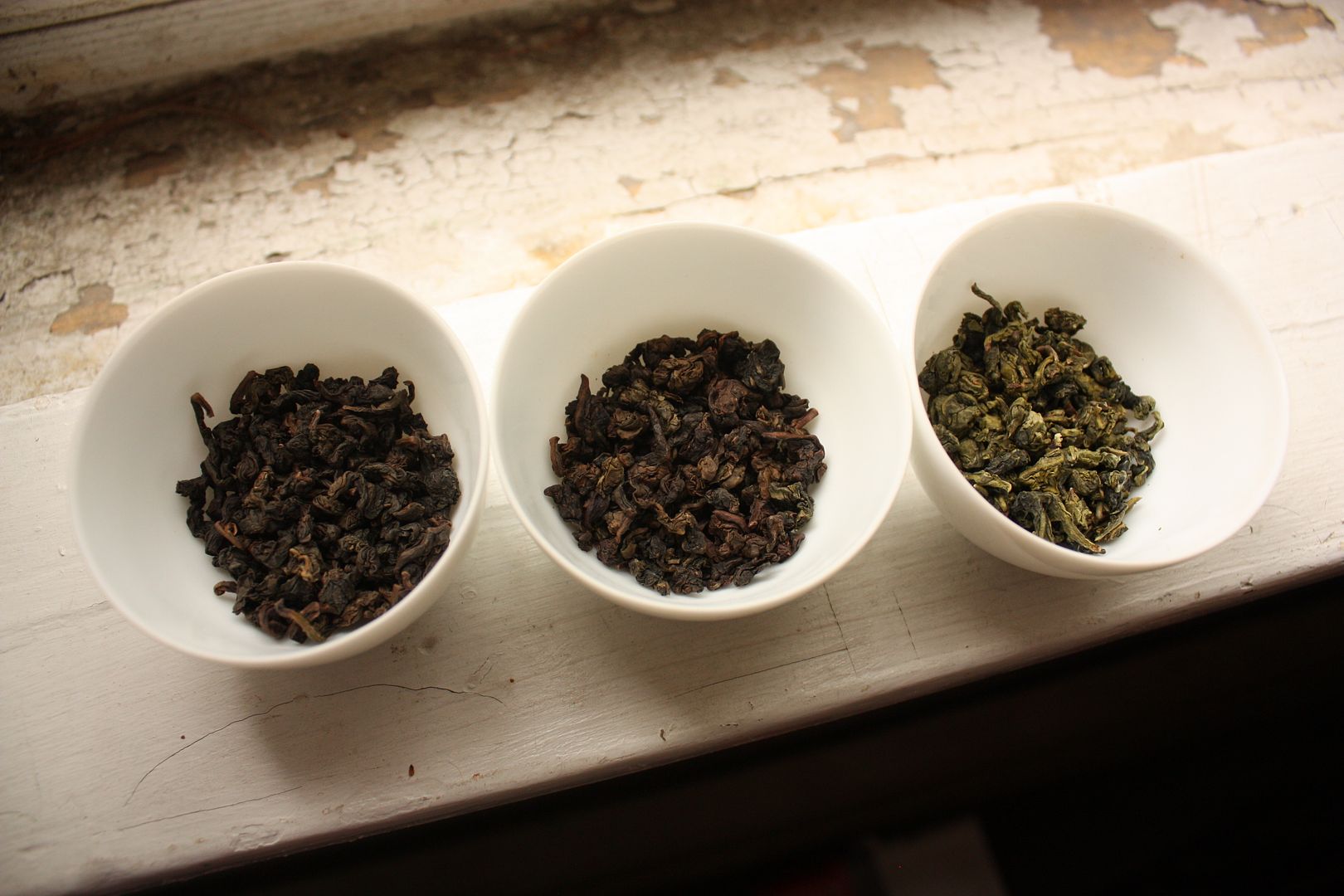

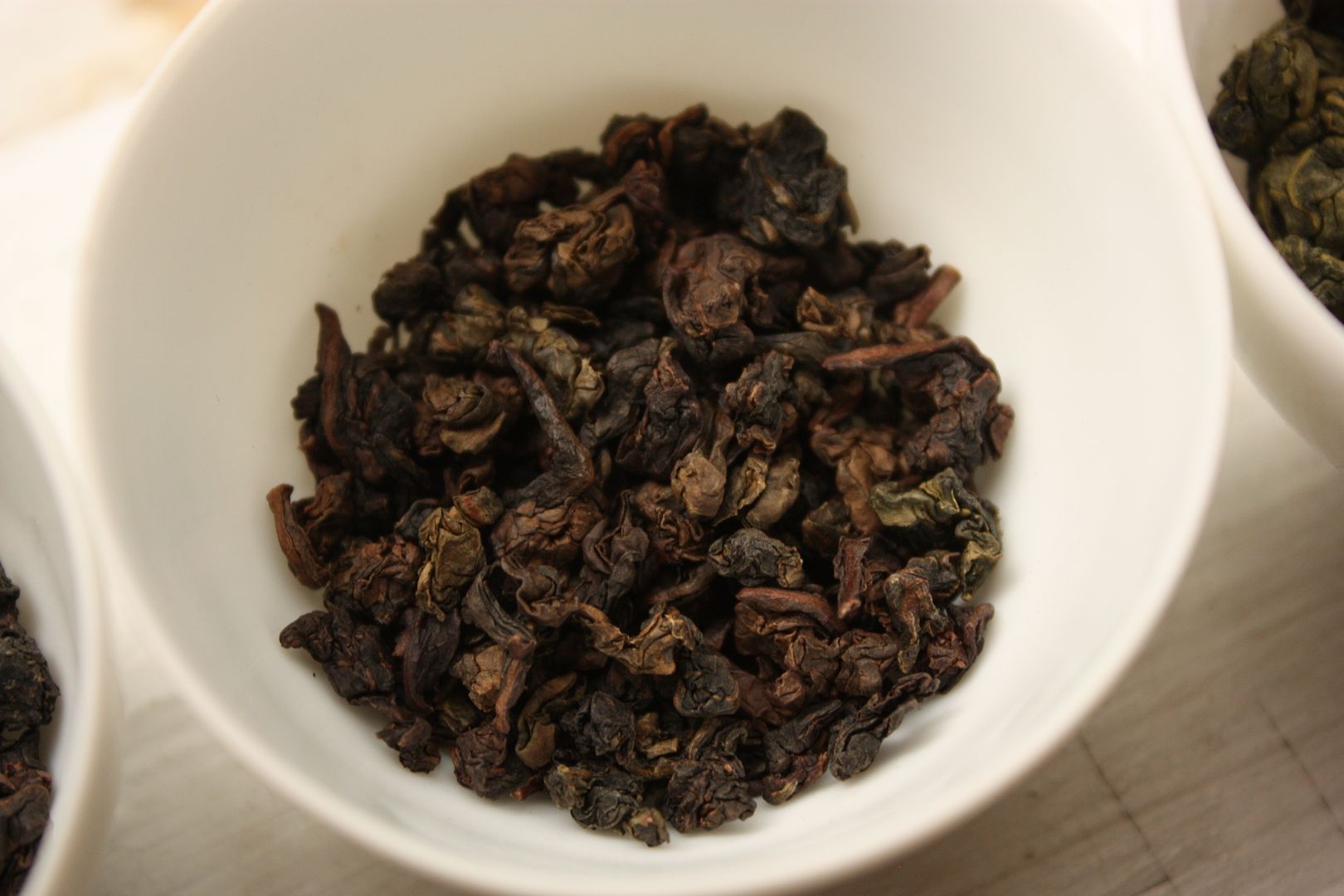

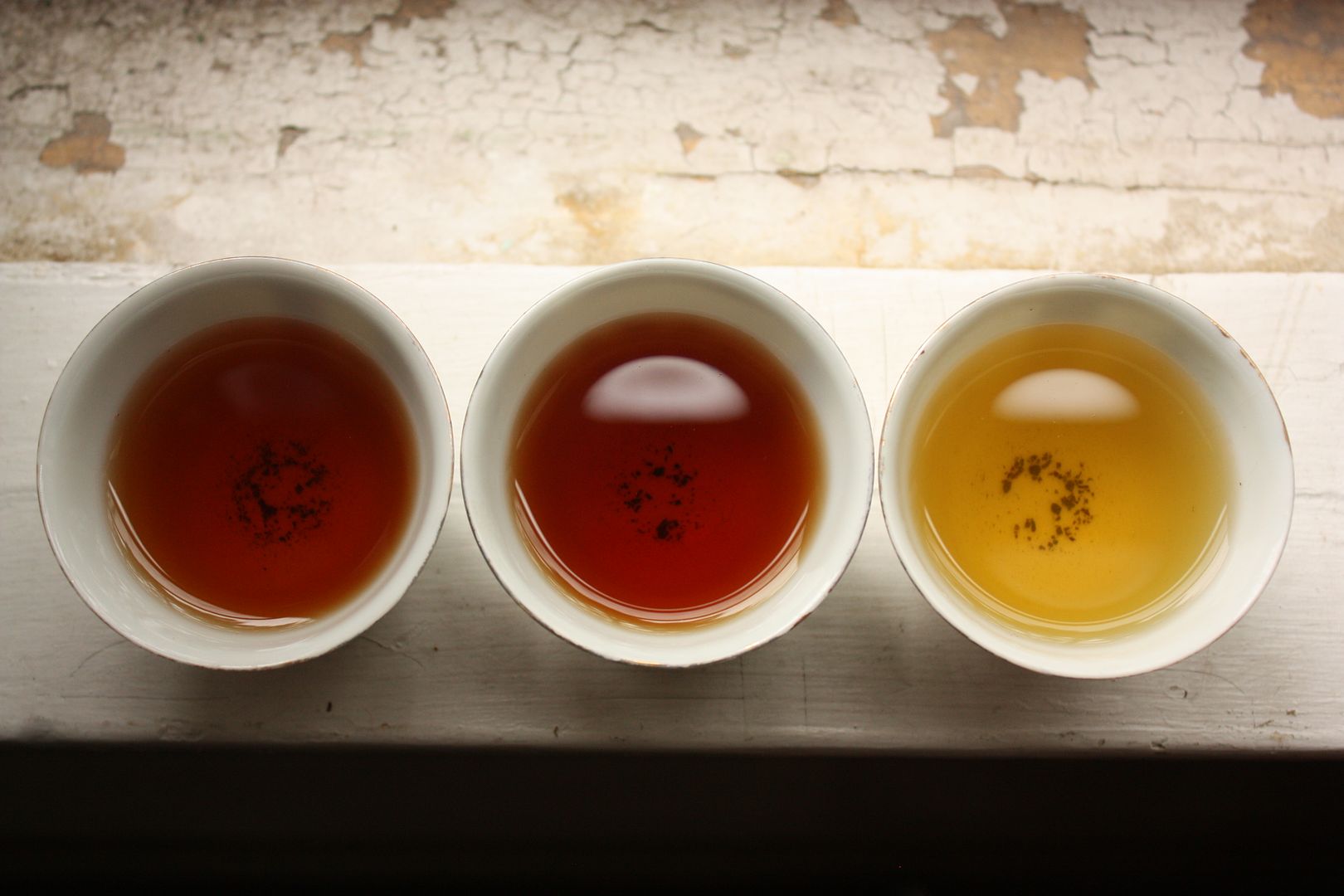
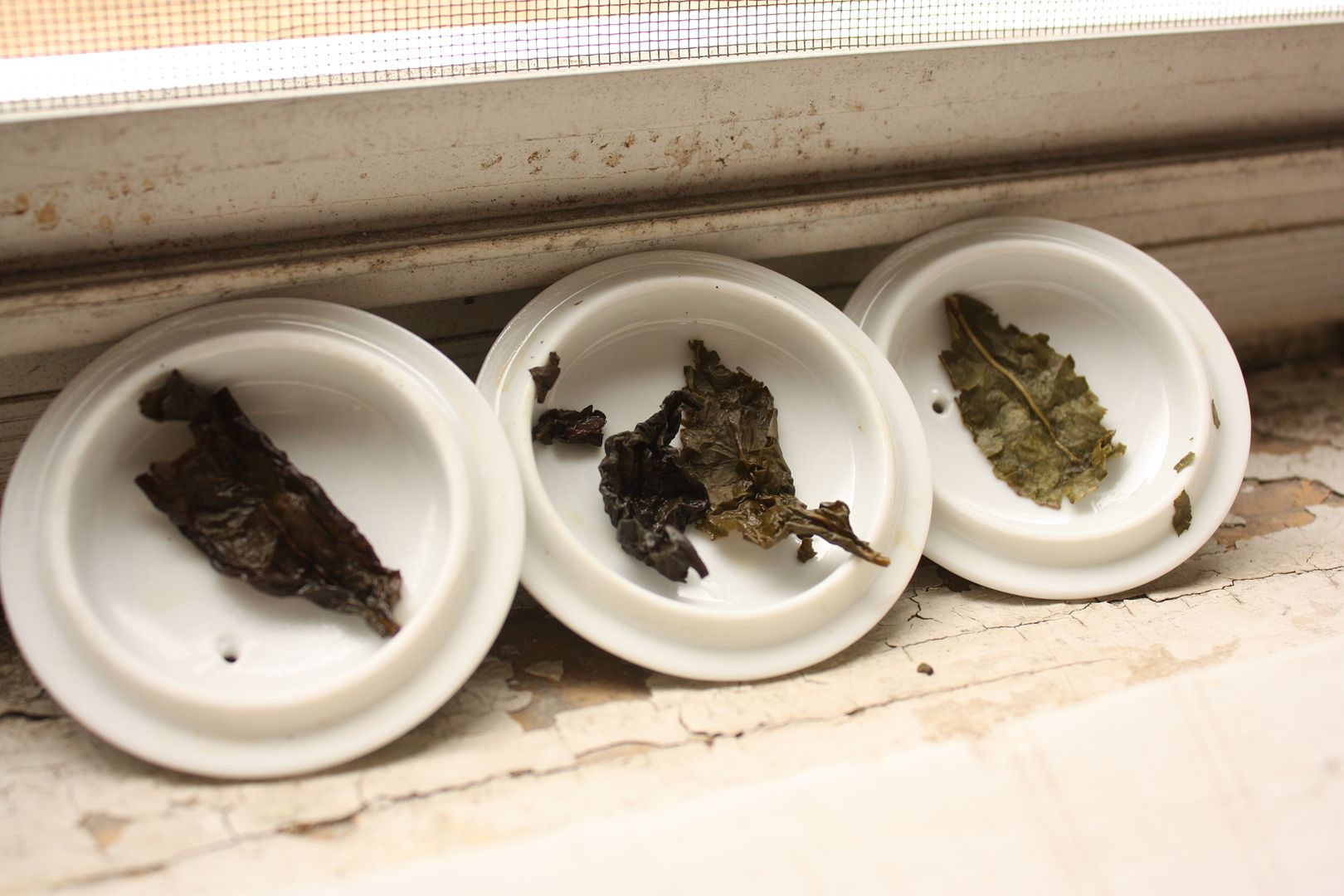
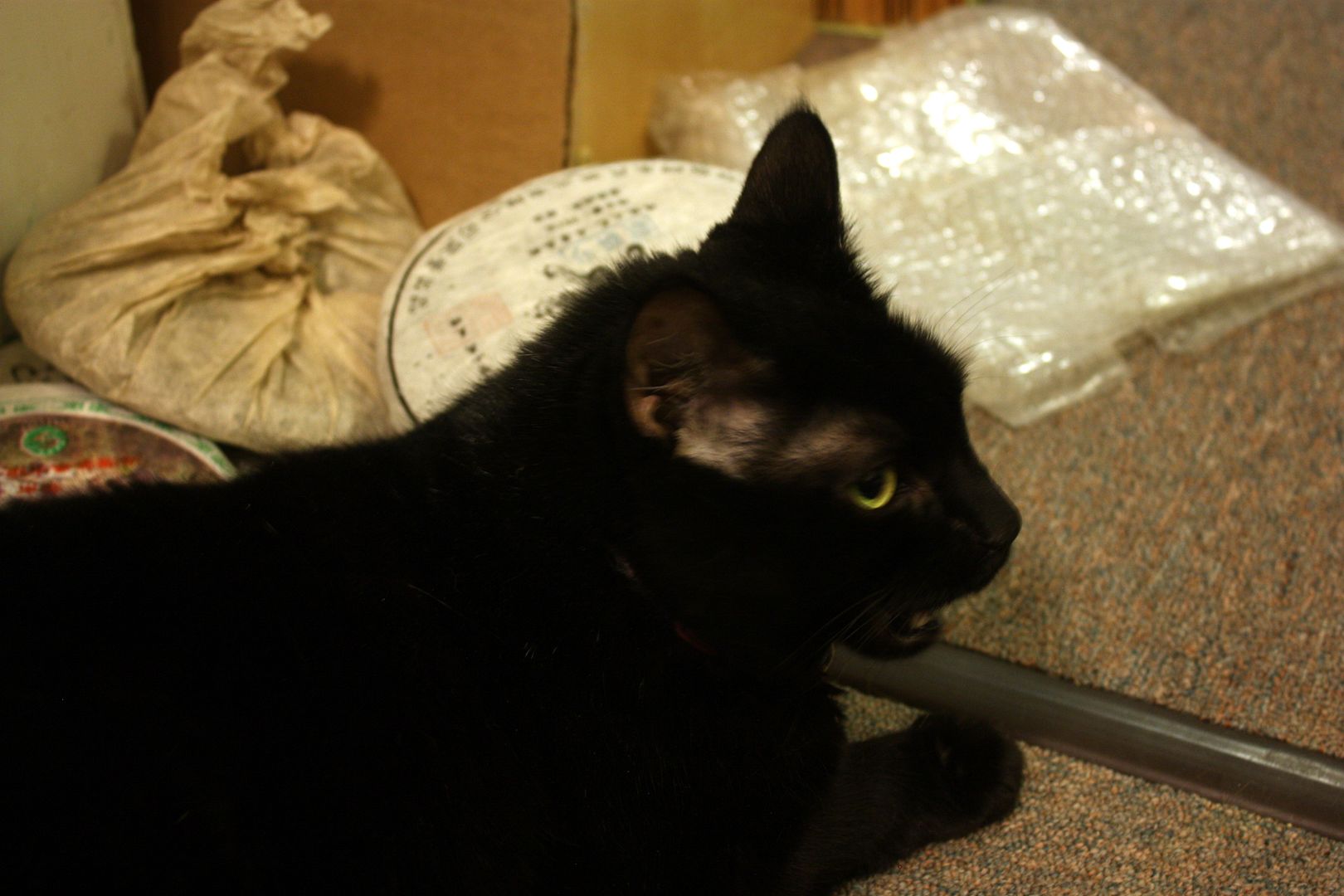




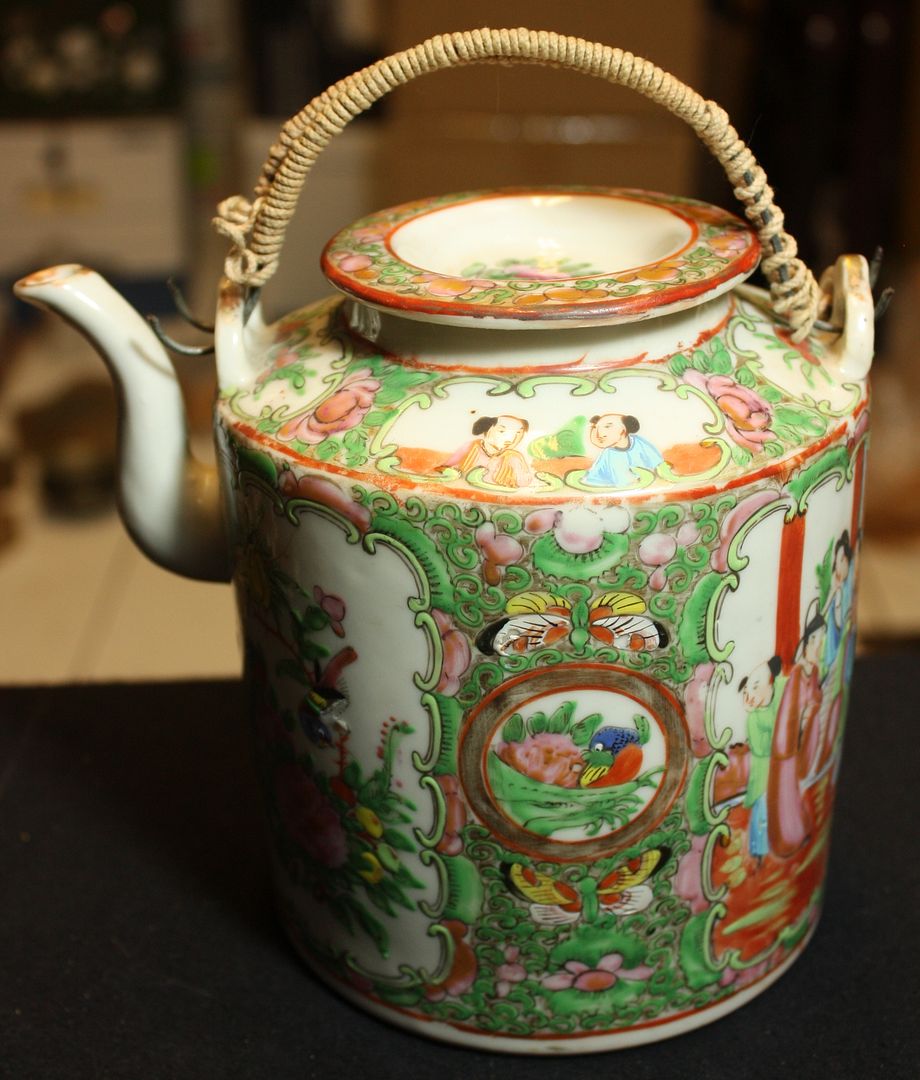

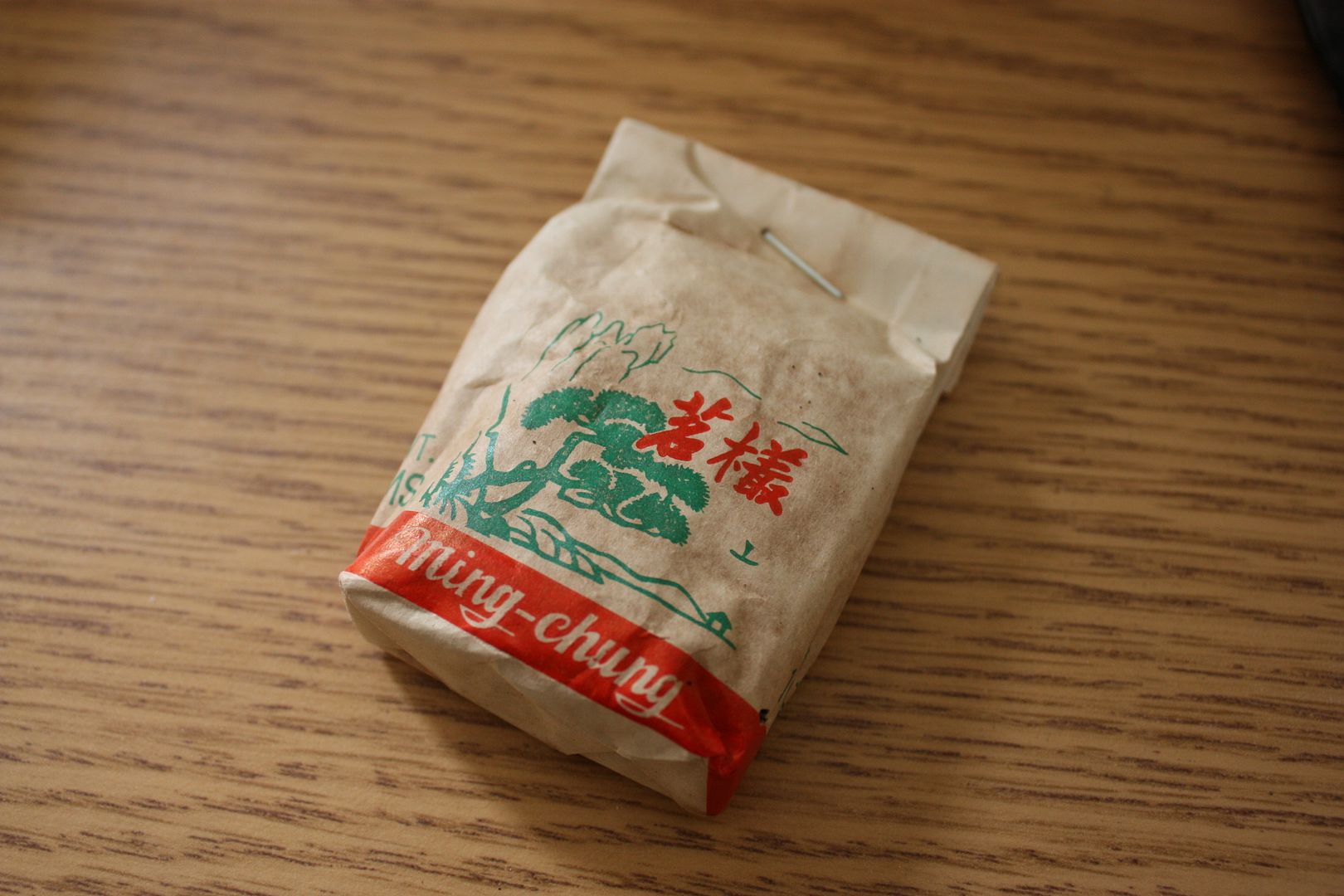
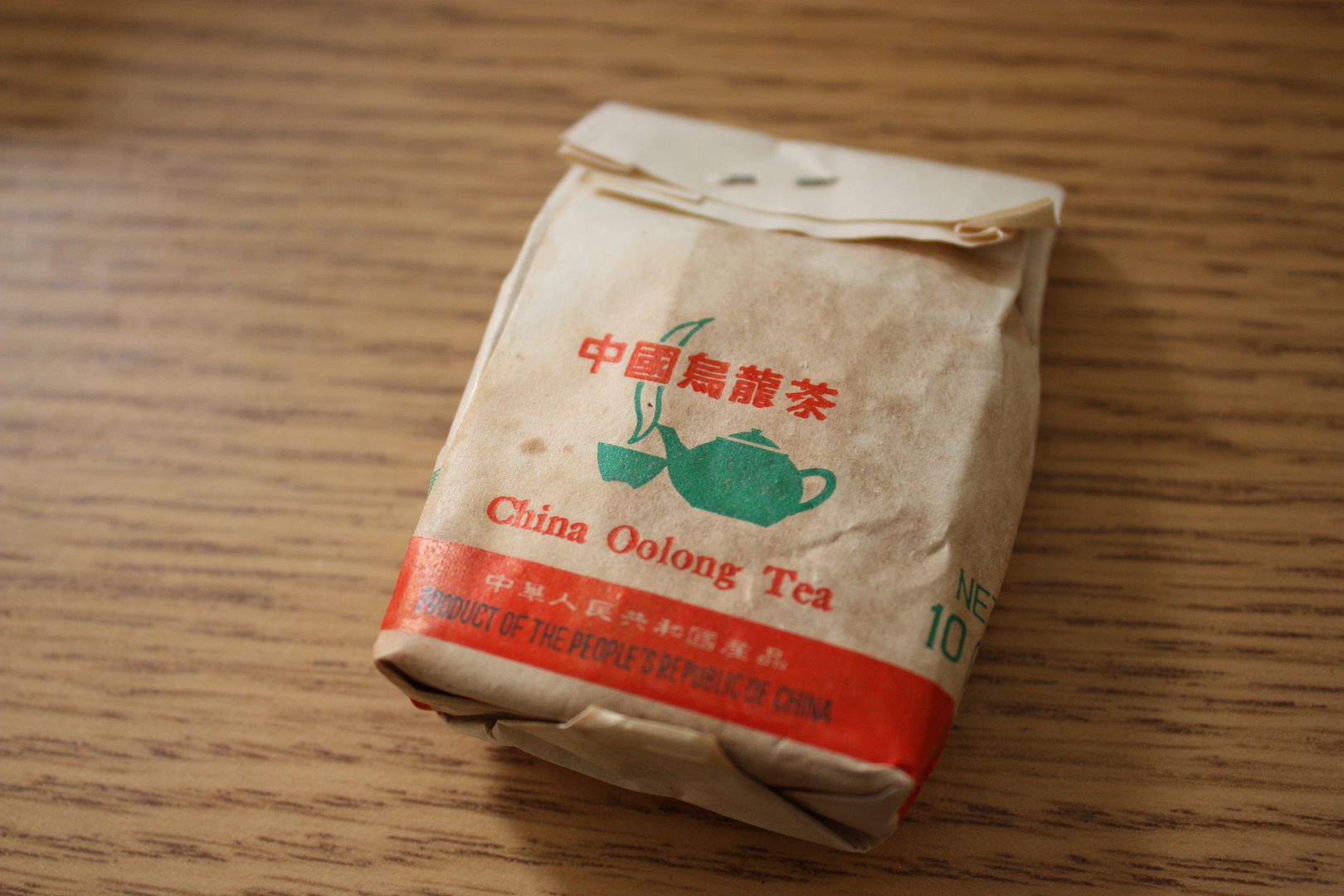


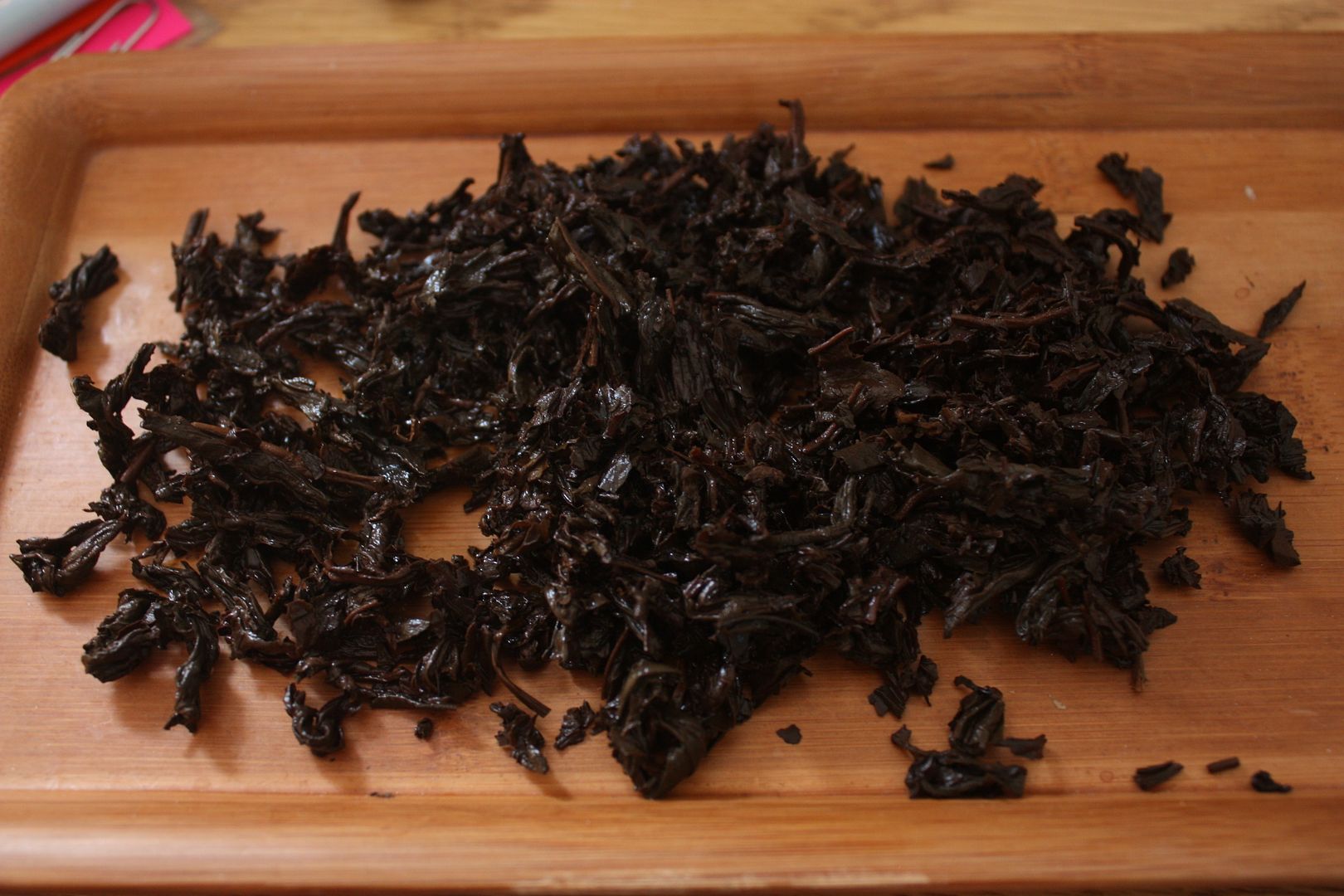
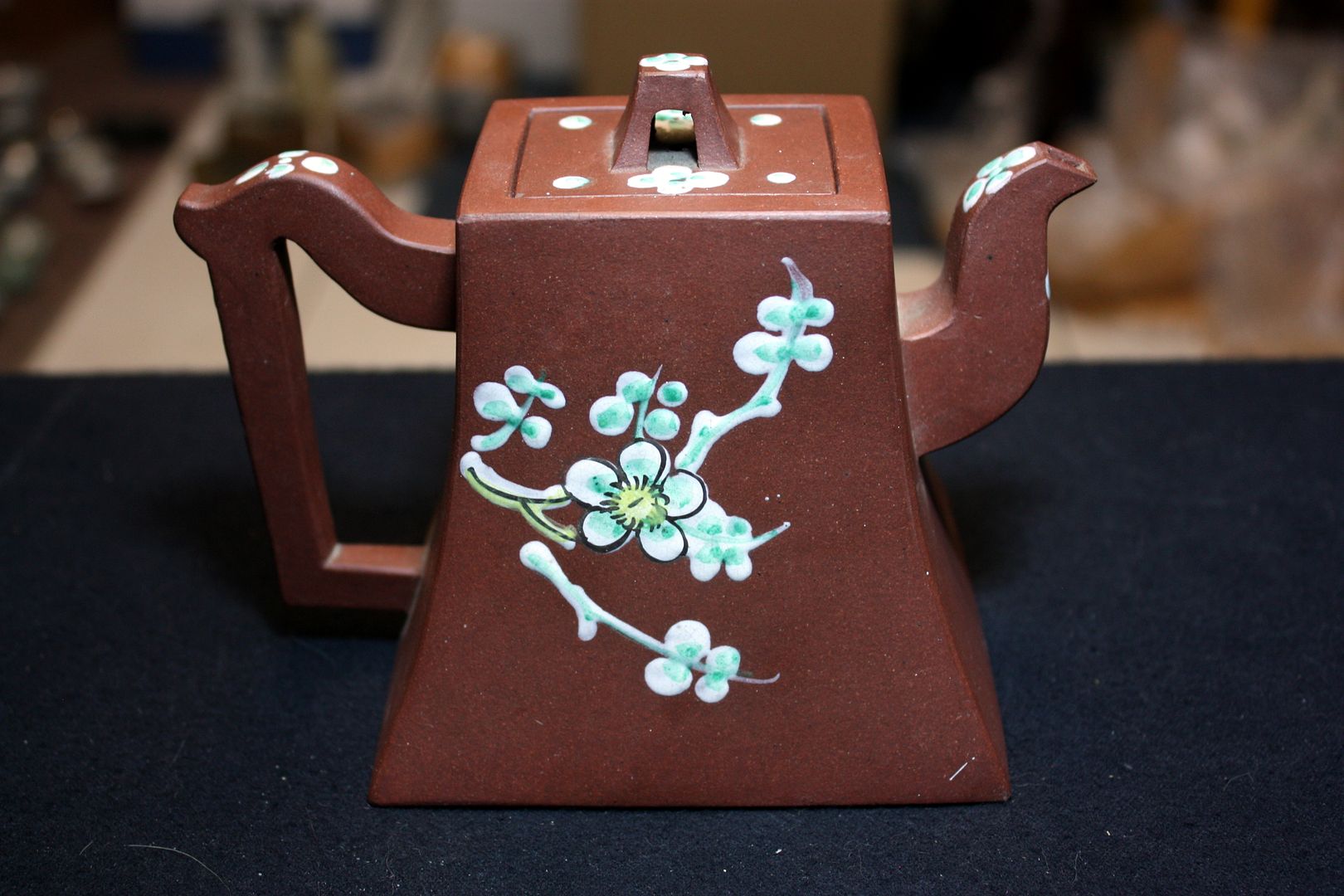



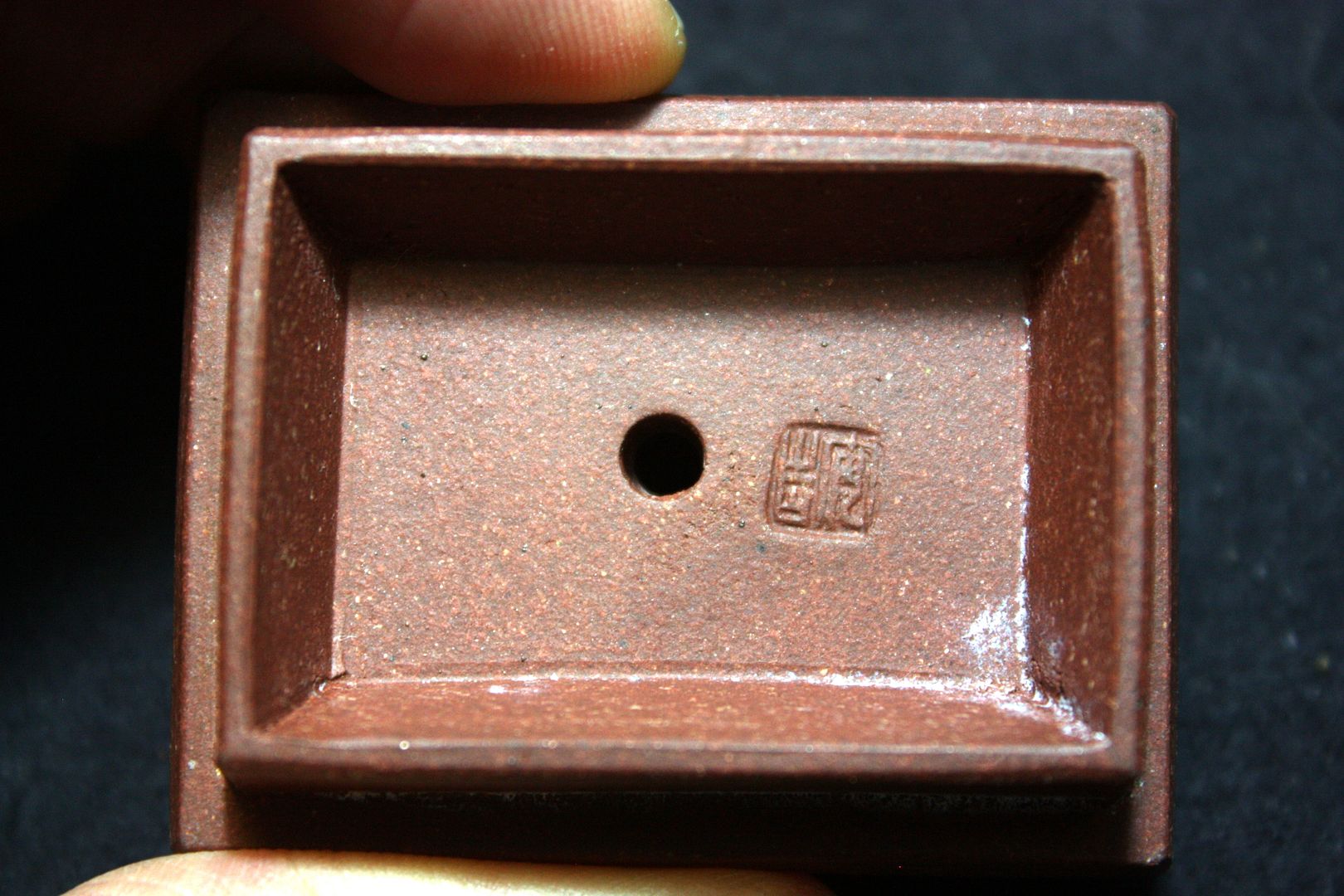
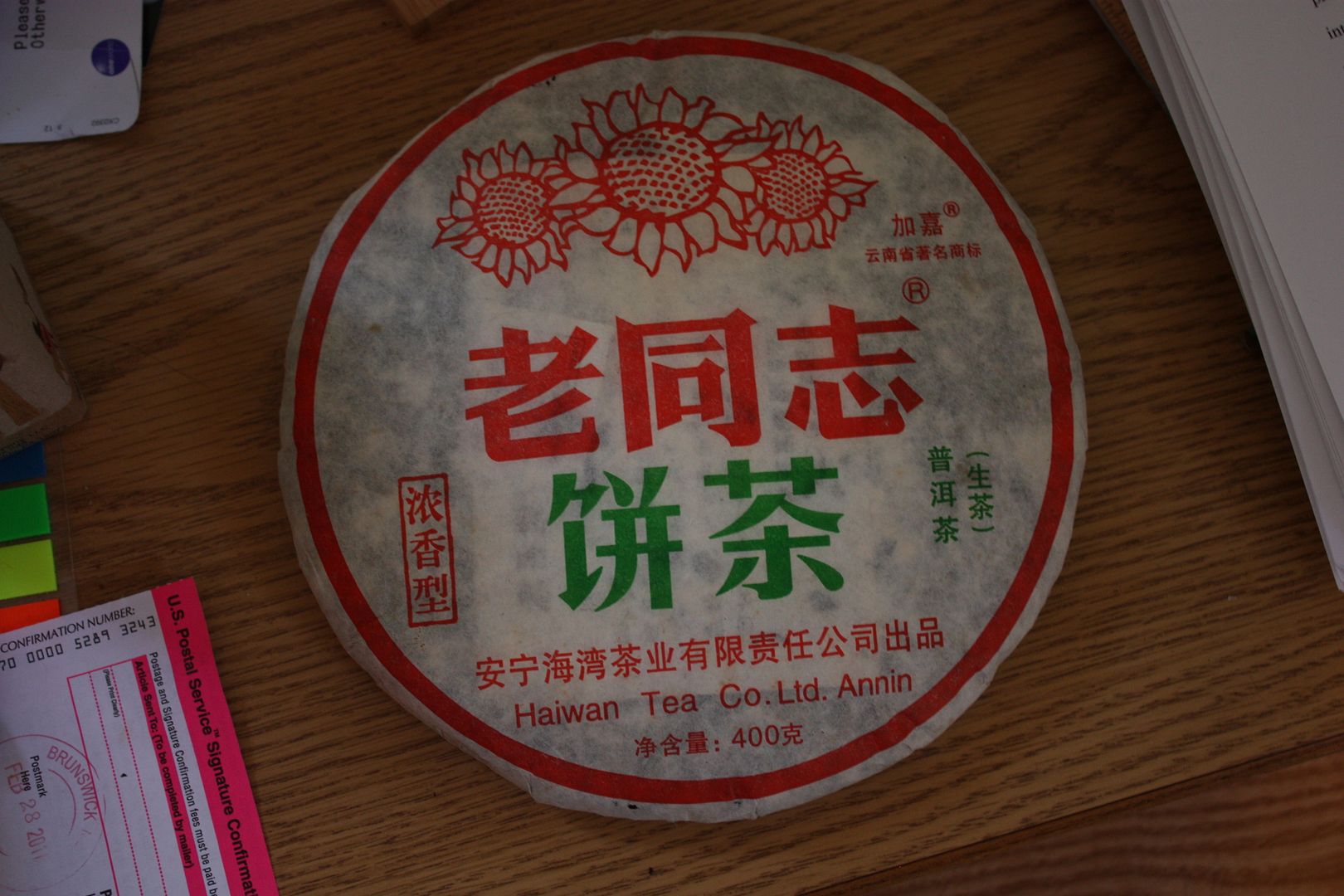
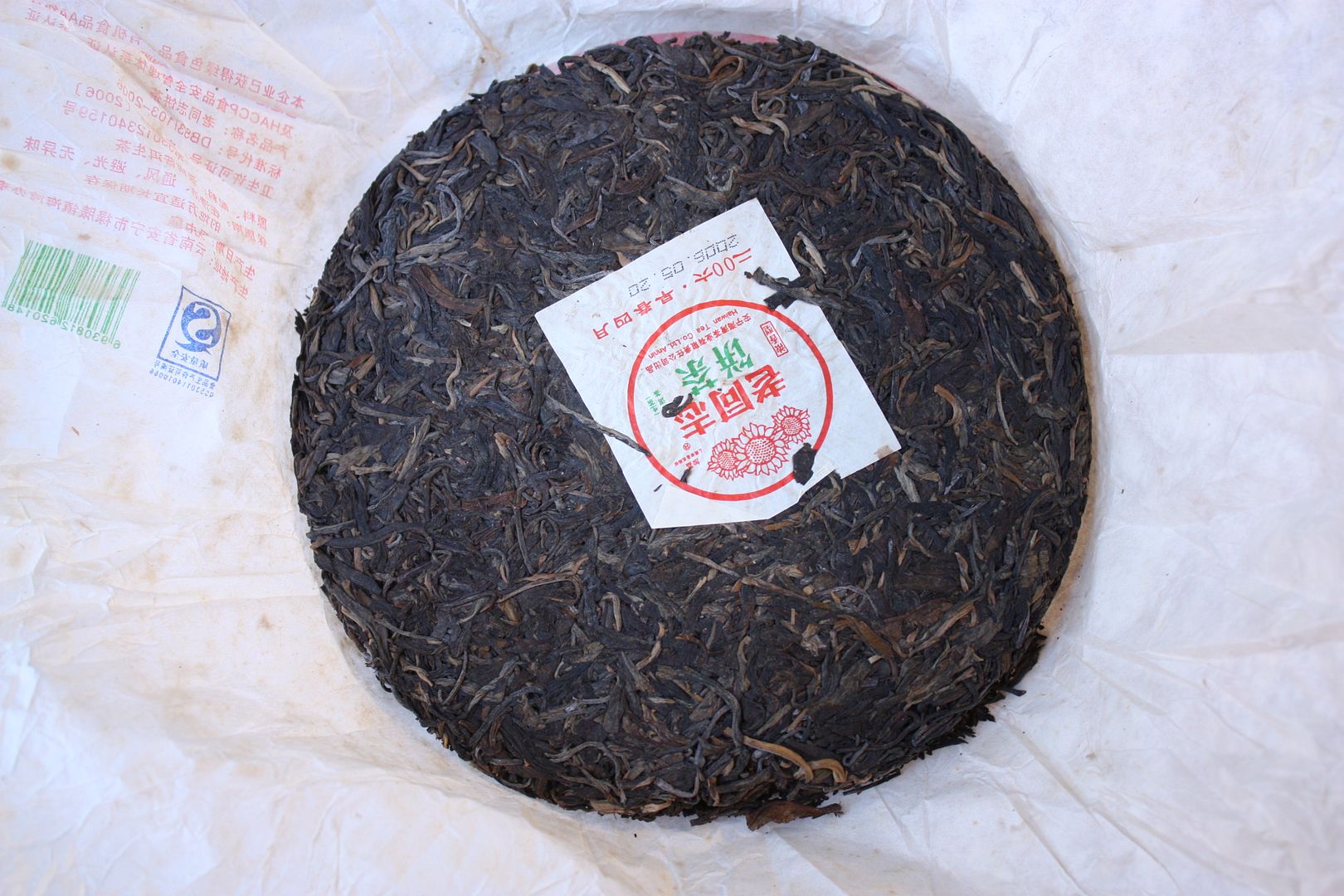
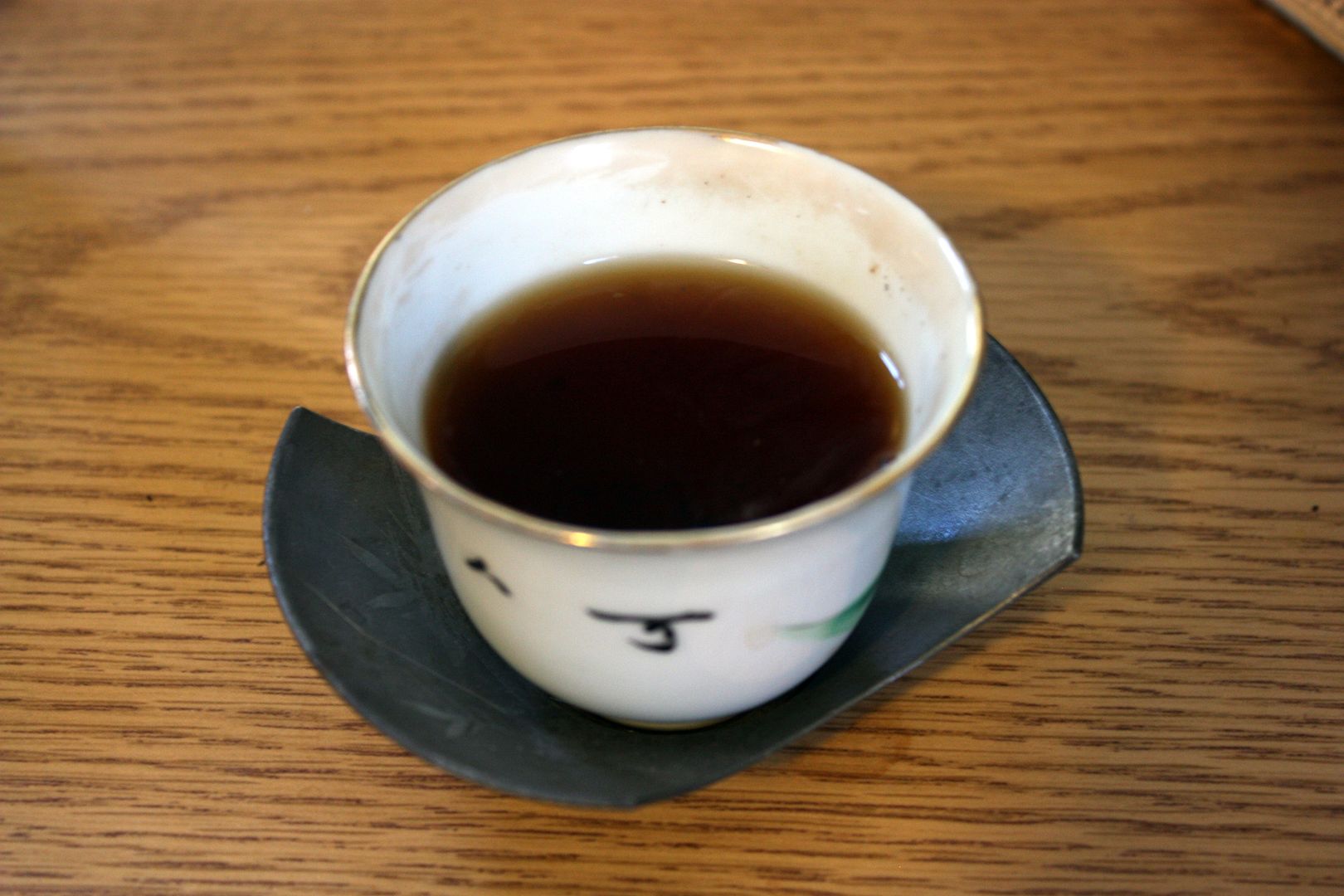

Yeah whisky prices have been leaking too, as well as luxury watches. I wrote a post maybe a decade ago…